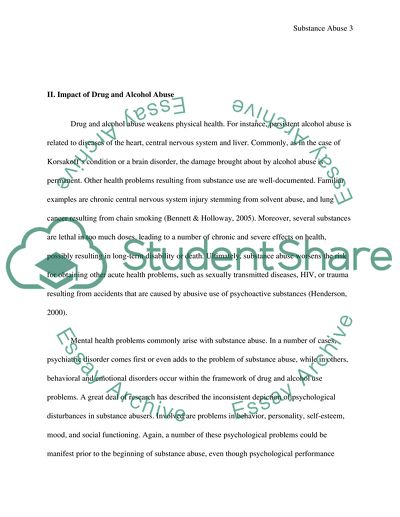Cite this document
(Drug and Alcohol Abuse Weakens Physical Health: Mental Health Problems Research Paper, n.d.)
Drug and Alcohol Abuse Weakens Physical Health: Mental Health Problems Research Paper. Retrieved from https://studentshare.org/health-sciences-medicine/1727754-drug-and-alcohol-abuse
Drug and Alcohol Abuse Weakens Physical Health: Mental Health Problems Research Paper. Retrieved from https://studentshare.org/health-sciences-medicine/1727754-drug-and-alcohol-abuse
(Drug and Alcohol Abuse Weakens Physical Health: Mental Health Problems Research Paper)
Drug and Alcohol Abuse Weakens Physical Health: Mental Health Problems Research Paper. https://studentshare.org/health-sciences-medicine/1727754-drug-and-alcohol-abuse.
Drug and Alcohol Abuse Weakens Physical Health: Mental Health Problems Research Paper. https://studentshare.org/health-sciences-medicine/1727754-drug-and-alcohol-abuse.
“Drug and Alcohol Abuse Weakens Physical Health: Mental Health Problems Research Paper”, n.d. https://studentshare.org/health-sciences-medicine/1727754-drug-and-alcohol-abuse.


